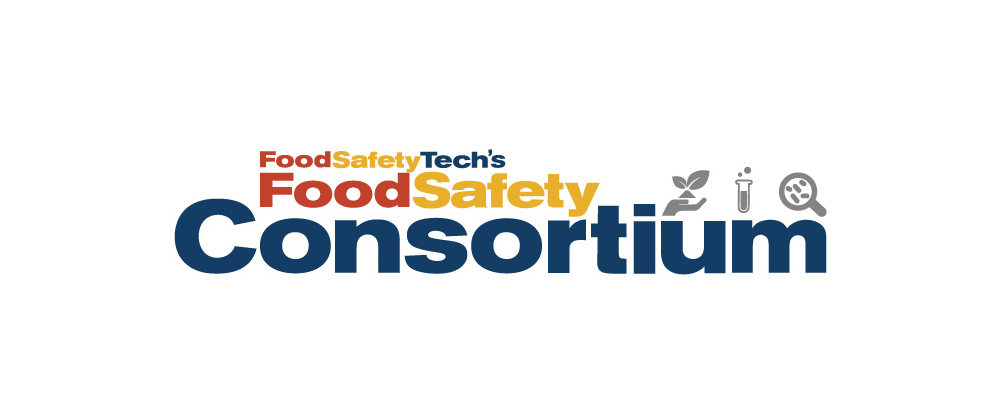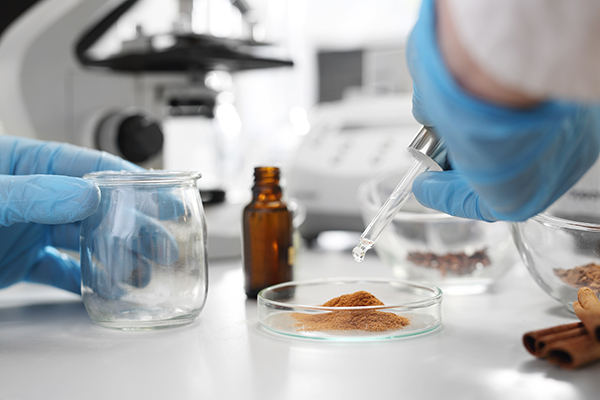The food and beverage industry has seen a big push for digital transformation over the past several years. Consumers and regulators alike are demanding increasingly high levels of safety and traceability across the global supply chain—driving food manufacturers to modernize their approach to quality control.
Now, many are looking to retire outdated software or inefficient paper-based systems that limit visibility across their production lines, plants and supply chains. They are exploring modern tools that enable proactive quality and safety monitoring. And fortunately, cloud technology is making this shift easier than ever.
Cloud-based quality management solutions offer simple deployment, rapid scalability and low up-front costs—breaking down many of the barriers to digital transformation. Food manufacturers gain anytime, anywhere access to critical resources needed to maintain product quality, ensure compliance and drive continuous improvement across their organizations.
To make it all possible, food manufacturers should select a cloud-based solution that offers the following features and tools.
1. A centralized data repository for improved visibility, compliance and collaboration
In a traditional manufacturing environment, quality and process data are locked away in paper files, Excel spreadsheets, or on-premises software. These data silos prevent manufacturers from monitoring enterprise-wide quality performance, and inhibit data sharing with external parties across the supply chain.
But the cloud can break down those silos. Cloud solutions provide a single, unified data repository where food manufacturers can standardize and centralize quality data—from all processes, production lines, and sites in their enterprise, as well as from suppliers, co-packers and third-party producers.
The resulting “big picture” view of quality enables food companies to:
- Perform enterprise-wide analyses to pinpoint problem areas, identify best practices, and prioritize resources—ultimately improving quality and compliance across the entire organization.
- Verify ongoing regulatory compliance and enforce accountability for all required checks and tests.
- View supplier data in real time to prevent food safety issues and ensure incoming ingredients meet quality standards before they are ever shipped. Only the highest-quality ingredients get accepted and incorporated into products.
- Monitor supplier performance to better manage suppliers and prevent supply chain disruptions.
- Collaborate with contract manufacturers and packers to make sure they uphold quality standards and protect the brand.
2. Real-time SPC for proactive response on the plant floor
A preventative approach to quality and safety just isn’t possible when using manual methods for data collection and analysis. Operators spend valuable time recording data with a pencil and paper, then sift through page after page of control charts—on top of all their other daily responsibilities. It’s easy to see how mistakes could be made and production issues could be missed.
Quality teams are also at a disadvantage, reviewing old data about products that have already come off the production line. Overall, everyone operates in “firefighting” mode. They try to fix one issue after another, but it’s often already too late. Some problems may not be spotted until final inspection, if even caught at all. Manufacturers end up dealing with defective products, wasted resources, and damaging recalls.
The cloud transforms how food manufacturers collect and analyze quality data. Cloud-based statistical process control (SPC) software can automatically collect measurement values from a variety of data sources, then monitor processes in real time. When the software detects specification or statistical violations, automated alarms instantly alert key personnel. The appropriate teams can take immediate action to correct any issue before it gets out of hand.
In addition, food manufacturers can put up further safeguards on the plant floor with “workflows.” Essentially, these are prescriptive guides for responding to quality issues, predefined in the cloud-based quality solution. They help all employees respond consistently and effectively to specific problems, and then document the corrective actions taken. These responses can then be analyzed across an entire company, allowing manufacturers to spot trends and prevent reoccurring issues.
Ultimately, operators and quality personnel can stay on top of potential problems and prevent unsafe or defective goods from reaching customers—without having to manually monitor every line, in every plant, around the clock.
3. Timed data collections to keep everyone on the same page
Routine sampling and quality checks are critical for food safety and compliance with regulatory and industry-specific standards. But how can manufacturers ensure required checks are completed according to schedule? After all, the plant floor is a busy place and where it’s easy for operators to get sidetracked tackling other issues.
Here, cloud-based quality systems can help. These solutions enable manufacturers to set up timed data collections, which send automated notifications to remind operators when it’s time to perform HACCP, CCP, and other critical quality and safety checks. Operators can stay focused on production, without having to watch the clock or worry about missing a check. Plant supervisors also get alerts if a data collection is missed—no matter where they are working—so they can keep everyone on top of compliance.
4. Digital reporting to make audits a breeze
Every manufacturer dreads the auditing process. It is time consuming and resource intensive, adding another layer of stress and complexity to the already complex nature of food production. Those that rely on paper records and spreadsheets usually struggle to piece together and produce auditor-requested information. And failed audits can have major consequences.
Instead, quality records and other compliance documentation can be digitized, stored and made quickly accessible via the cloud. This makes it easy for food companies to pull historical data for specific timeframes. Reports can be produced in just minutes to complete regulatory, third-party certification, or internal audits—rather than the days or weeks it would typically take to put together a report from a complicated trail of paper.
5. Lot genealogy for improved traceability and recall response
Recalls are another big source of stress for food manufacturers. After all, food quality or safety incidents that result in a recall not only hurt profits and brand reputation, but also put the health and lives of consumers at risk. Fortunately, recalls can be mitigated or avoided through better traceability.
Cloud-based quality solutions can help food companies trace raw ingredient lot codes through the manufacturing process and supply chain. With all quality data stored in that centralized cloud repository mentioned earlier, manufacturers can generate genealogical “trees” showing the relationship between incoming ingredients and outgoing products.
This information in critical for preventing and responding to product recalls. If a safety issue is found within a specific ingredient lot, for example, manufacturers can quickly identify output lots where those ingredients were used. They can prevent those finished lots from being released, or in the worst-case scenario, remove those lots from store shelves in a swift, targeted recall.
A Tactical Approach to Digital Transformation
Looking at the FDA’s New Era of Smarter Food Safety blueprint, it’s clear to see that the industry at large is heading towards a new digital age. Food manufacturers shouldn’t wait to take the first steps, and cloud-based quality can get them on the right path.
While any big change comes with hesitancy, a tactical approach can help ease any fears. Some food manufacturers have started with small-scale projects, deploying cloud-based quality solution to monitor a single process or production line. Leadership teams and employees alike can see how quality in the cloud benefits everyone at all levels of their organization—and then deploy the solution on a wider scale. It is a great way to successfully introduce new digital technology and lay the foundation for future transformation.




















